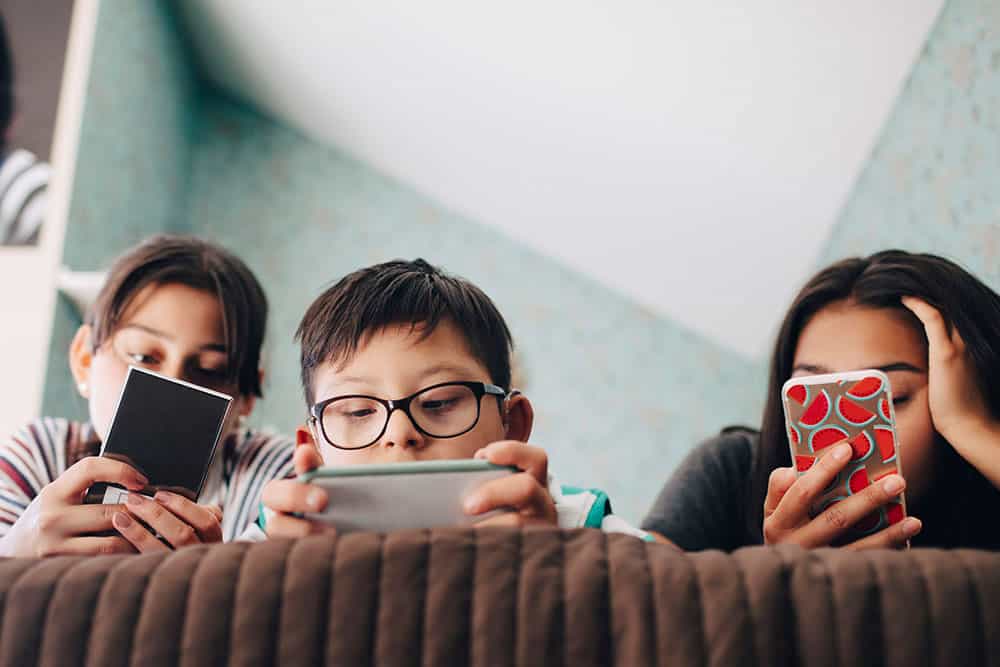In today’s hyper-connected world, our lives revolve around screens. From smartphones and laptops to social media and streaming services, the digital world has become deeply integrated into our routines. While technology has made communication, work, and learning more efficient, it has also given rise to a growing problem: digital addiction. Many of us check our phones the moment we wake up, scroll endlessly through social media feeds, and struggle to focus without the constant buzz of notifications.
The effects of this addiction are more serious than they appear. It’s affecting our mental health, reducing real-life interactions, and even disturbing sleep patterns. Children and teenagers are especially vulnerable, with screen time replacing outdoor play and meaningful conversations. The solution isn’t to completely abandon technology but to use it more mindfully. Setting screen limits, embracing digital detox days, and spending quality offline time with family and friends can help us reclaim control and find a healthier balance.
In today’s hyper-connected world, our lives revolve around screens. From smartphones and laptops to social media and streaming services, the digital world has become deeply integrated into our routines. While technology has made communication, work, and learning more efficient, it has also given rise to a growing problem: digital addiction. Many of us check our phones the moment we wake up, scroll endlessly through social media feeds, and struggle to focus without the constant buzz of notifications.
The effects of this addiction are more serious than they appear. It’s impacting our mental health, reducing real-life interactions, and even disturbing sleep patterns. Children and teenagers are especially vulnerable, with screen time replacing outdoor play, creative activities, and meaningful conversations. Physical health issues like eye strain, poor posture, and disrupted sleep cycles are becoming more common due to overexposure to screens. More importantly, it’s making people feel increasingly disconnected—ironically, in the most “connected” time in human history.
But all is not lost. The key lies in mindful use. Setting screen time limits, turning off unnecessary notifications, and creating tech-free zones at home can go a long way. Simple actions—like going for a walk without your phone, reading a physical book, or enjoying face-to-face conversations—help bring balance back. Digital tools should enhance our lives, not control them. It’s time we take small, intentional steps to unplug and reconnect with what truly matters.
Let’s remind ourselves that technology is a tool—not a replacement for life itself. By being intentional in how we use it, we can enjoy the benefits of the digital age without losing our well-being in the process.


Leave a Reply